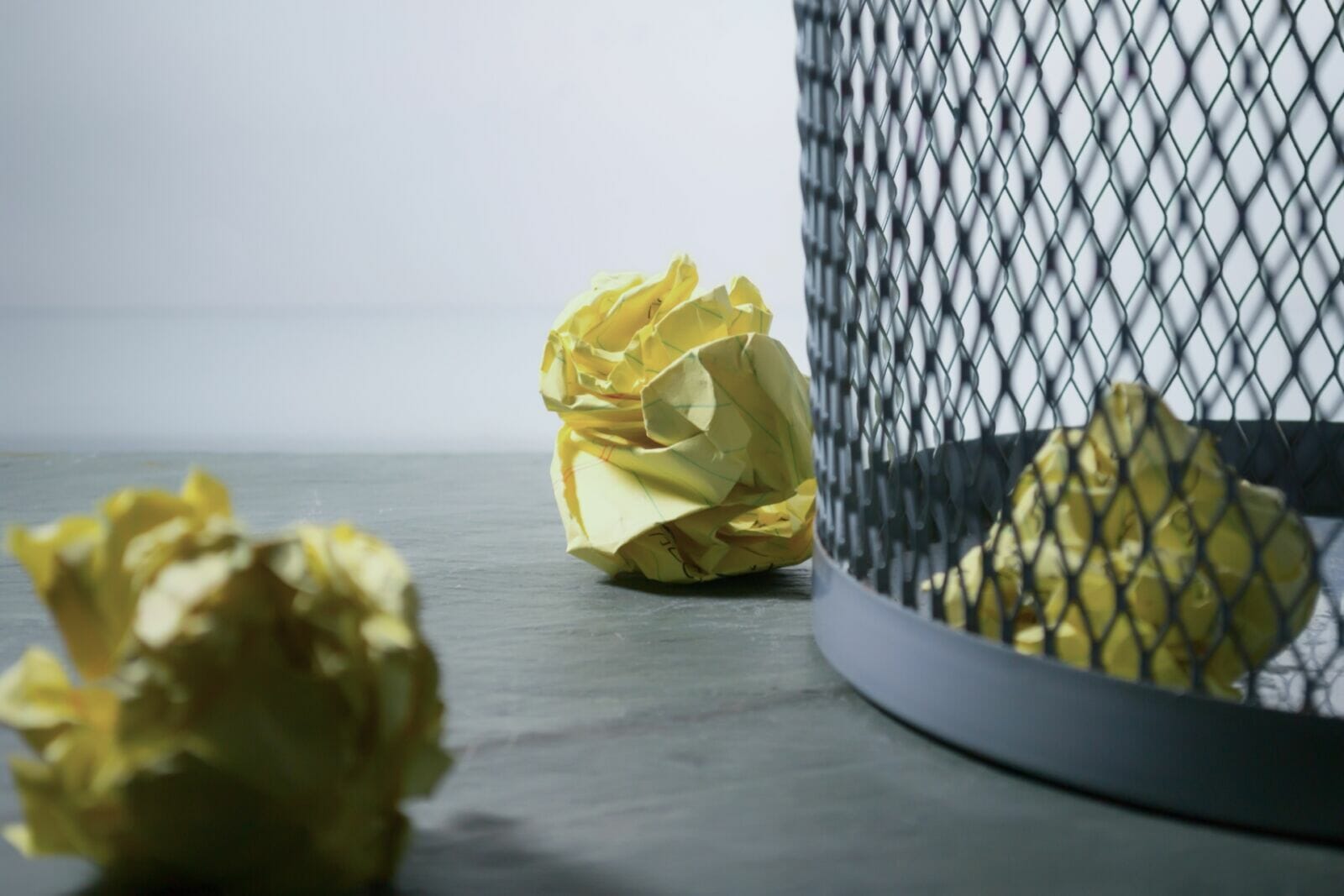As the world faces an ever-growing waste problem, ensuring that your rubbish is disposed of correctly is more important than ever. If you’ve opted for a skip bin to remove your waste, there are several steps you can take to ensure that you make the most of the space in your bin.
In this blog post, we’ll discuss five ways to maximise the waste in your skip bin so that you can ensure your rubbish is properly and safely disposed of.
Choose the right skip bin size for the job
The first step in ensuring your skip bin isn’t overfilled is choosing a bin size appropriate for the job. To determine which size is right, consider how much rubbish you need to dispose of and what type of material will go into your skip bin. When obtaining skip hire from companies like www.betaskips.co.uk, always opt for the largest size possible. This will give you more room and help reduce the chance of overfilling.
How to put rubbish in a skip bin
When filling your skip, put heavier items, such as soil and bricks, at the bottom, with lighter items, such as paper and cardboard, on top. This helps keep everything in place when it comes time for removal. It also helps prevent air pockets from forming between layers of rubbish. These pockets can cause problems when transporting and disposing of the contents of your skip bin.
Don’t overfill your skip
Overfilling a skip can lead to safety hazards during transportation and when unloading the skip from the truck. Make sure that all items are securely packed inside before closing the lid. Use straps or rope around loose objects or bags to hold them in place during transport. Additionally, ensure not to exceed the maximum fill line indicated on most skips. If necessary, get another bin rather than overfilling one.
Minimize air pockets
As mentioned above, air pockets can form between layers of rubbish in a skip if not filled correctly. These pockets can cause problems during transport and disposal since they reduce compaction levels within a skip bin, leading to potentially hazardous materials such as asbestos fibres or paint fumes being released into the atmosphere while unloading. To avoid this issue, pack each layer tightly before moving on to another layer. This should eliminate any potential air pockets before they have a chance to form.
Sort your rubbish
Before putting anything into your skip bin, sort through all materials carefully by separating recyclable materials from general waste and hazardous substances like oil or chemicals from other items. This will help reduce landfill waste by ensuring recyclables are sent off for reuse rather than added to a landfill site, something that’s becoming increasingly important as global resources continue depleting rapidly.
Conclusion
Ensuring you maximise waste inside each skip bin is key for effective management. Not only does it save time, but it also ensures that hazardous substances are contained within their bins without risking seepage into other areas. Following these five simple tips outlined above, you should be able to cope with any size job without having too many trips back and forth between sites.




